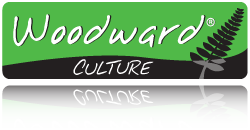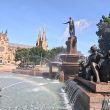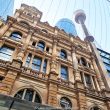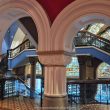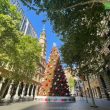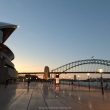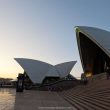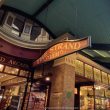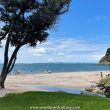Hyde Park 4K Walking Tour
In the 4K walking tour of Sydney, today we walk through Hyde Park, starting at the Museum Train Station at the southern end, we go through the ANZAC memorial, past the Pool of Reflection, go along the park’s central avenue lined by fig trees and end up at the beautiful Archibald Fountain at the north end of Hyde Park.
I hope you enjoy this walk with us.

Hyde Park Sydney
Hyde Park in Sydney is Australia’s oldest public parkland. It was established in 1810 and named after its London counterpart.
Hyde Park covers 16.2 hectares (40 acres) at the eastern edge of Sydney’s Central Business District (CBD) and is an urban oasis.
The park is split into two distinct sections by Park Street:
The northern end boasts themed gardens like Sandringham and Nagoya, offering tranquil spots to unwind amid sculptures and the water features of the iconic Archibald Fountain.
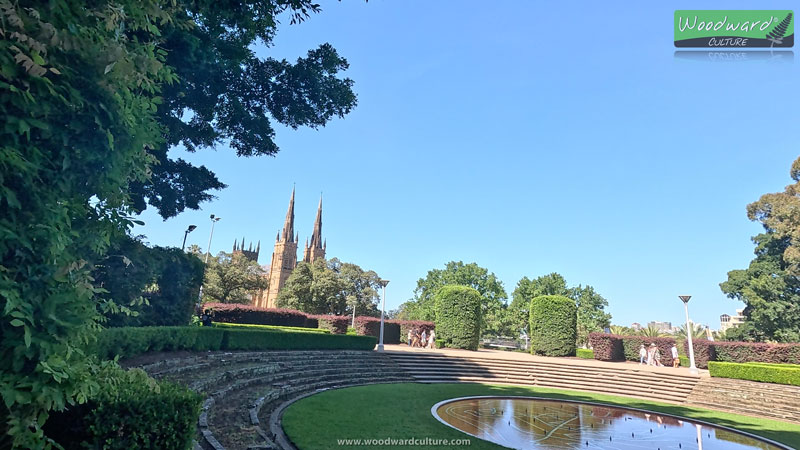
The southern end is home to the ANZAC Memorial, a heritage-listed structure honoring Australia’s war veterans, complete with a reflective pool that adds a serene touch to the area. Nearby, you’ll find the Pool of Reflection and various monuments, perfect for history enthusiasts wanting to delve into Australia’s past.
Hyde Park’s lush landscape is framed by approximately 580 mature trees, including the striking central avenue of Hill’s Weeping Figs, which line the pedestrian path from Macquarie Street to the ANZAC Memorial. These provide ample shade – crucial during Sydney’s warm summers (December to February) – making it a favorite for picnics, leisurely strolls, or even a morning run.
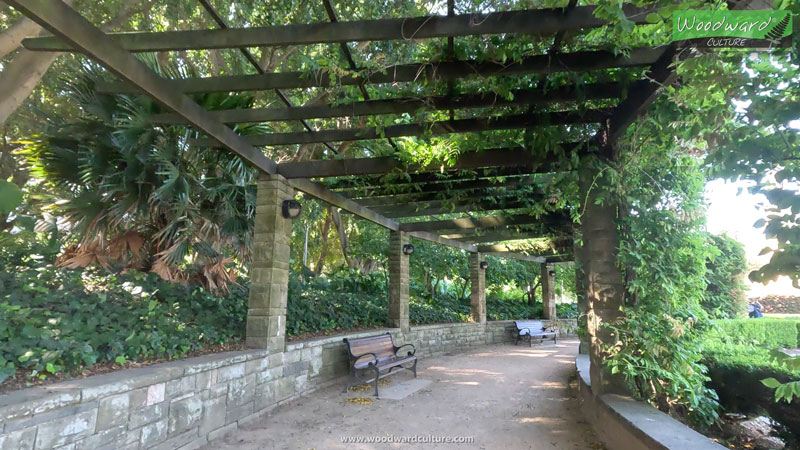
Archibald Fountain
The Archibald Memorial Fountain is a standout feature in the northern section of Hyde Park, Sydney. The fountain was commissioned through the will of Jules François Archibald, the co-founder and editor of The Bulletin magazine. Archibald died in 1919 and left £10,000 (a hefty sum at the time) to fund the project, stipulating it celebrate Australia’s role in World War I alongside France. While the fountain doesn’t overtly depict war, its French design and grandeur nod to that alliance.

Designed by French sculptor François-Léon Sicard, the fountain is a masterpiece of Art Deco style with a classical twist. At its center stands a bronze statue of Apollo, the Greek god of poetry, music, and the sun, rising dynamically from the water. Surrounding him are mythological figures: Diana, goddess of the hunt, accompanied by her hounds; Theseus slaying the Minotaur; and a group symbolizing the bounties of nature, with horses, dolphins, and tortoises spouting water.
ANZAC Memorial
The ANZAC Memorial commemorates the courage, endurance and sacrifice of the Australian soldiers who landed at Gallipoli on 25 April 2015. It honours all the men and women who serve their country in peacekeeping and war. Designed in 1930, its contemporary Art Deco style broke with the classical tradition of existing war memorials.
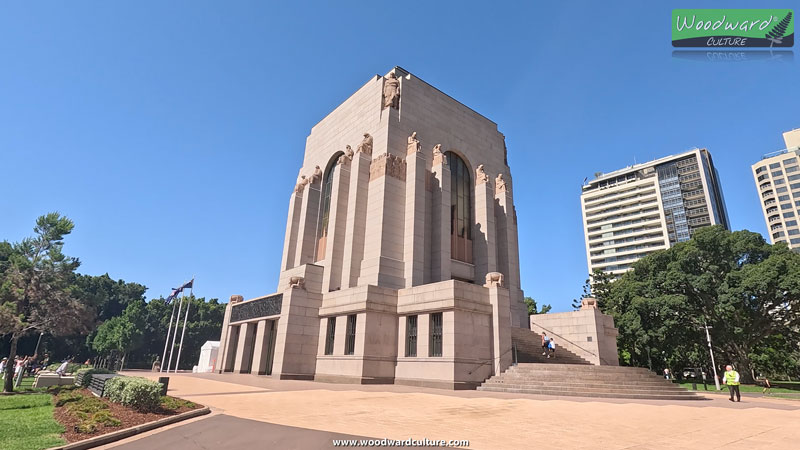
Distinctive Australian imagery and symbolism are prominently displayed on the Memorial. The aim was not to glorify war but emphasise its tragedy and horror. The Pool of Reflection that mirrors the Memorial on the northern side calls passersby to stop and remember.
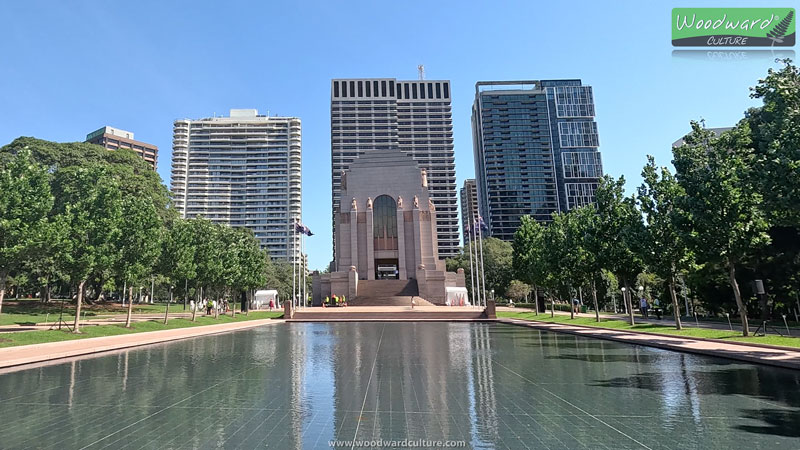
Both the ANZAC Memorial and the Pool of Reflection were constructed during 1932-34. Many returned service personnel worked on these and other unemployment relief projects within the park in the 1930s during the Great Depression.
Attractions near Hyde Park
Just a two-minute walk from Archibald Fountain, opposite the north-eastern corner of Hyde Park, is the impressive Saint Mary’s Cathedral – a grand gothic-style church with its construction beginning in 1868. Interestingly, the twin spires of the Cathedral, a defining feature, weren’t added until 2000, thanks to a government-funded push to finish it for the Sydney Olympics.
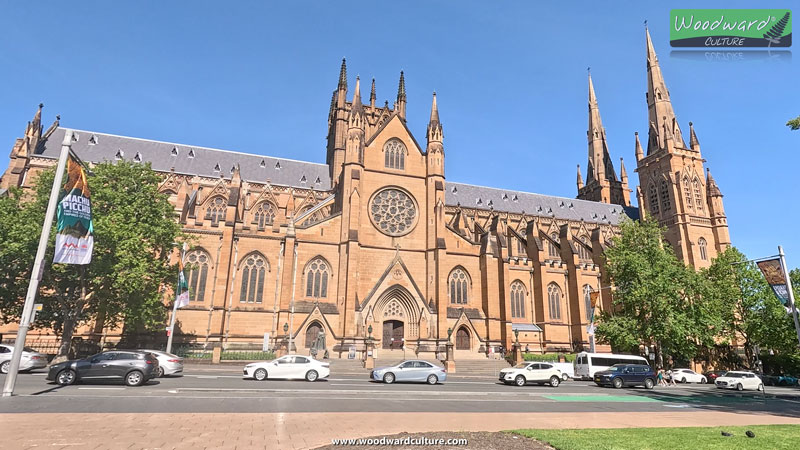
The Australian Museum, just a short walk from Hyde Park on William Street, is a treasure trove of natural history and cultural heritage, perfect for curious travelers. Founded in 1827 as Australia’s first museum, it’s housed in a stately sandstone building blending colonial and modern architecture. Inside, you’ll find over 21 million specimens and artifacts, from dinosaur skeletons and rare gems to Indigenous Australian exhibits like the First Nations galleries, which showcase art, tools, and stories spanning 65,000 years.
How to get to Hyde Park
Hyde Park is only one block away to the east of the Sydney Tower Eye.
If you are coming from further away by the (underground) train system, you can get off at the St. James train station at the north end of Hyde Park or the Museum train station at the southern end (where we started our 4K video walk). There are also plenty of buses going along Elizabeth Street and Liverpool Street.

Hyde Park is free to explore, offering a peaceful retreat amidst the city’s bustle without costing a dime. Whether you’re snapping photos of the fig-lined avenues, playing giant chess in Nagoya Garden (available daily from 8:30 AM to 4:30 PM), or simply soaking in the calm, it’s a perfect blend of relaxation and discovery. Pair your visit with a stop at nearby St. Mary’s Cathedral or the Australian Museum for a fuller Sydney experience. Hyde Park isn’t just a park – it’s a living piece of the city’s story, waiting to be explored.
